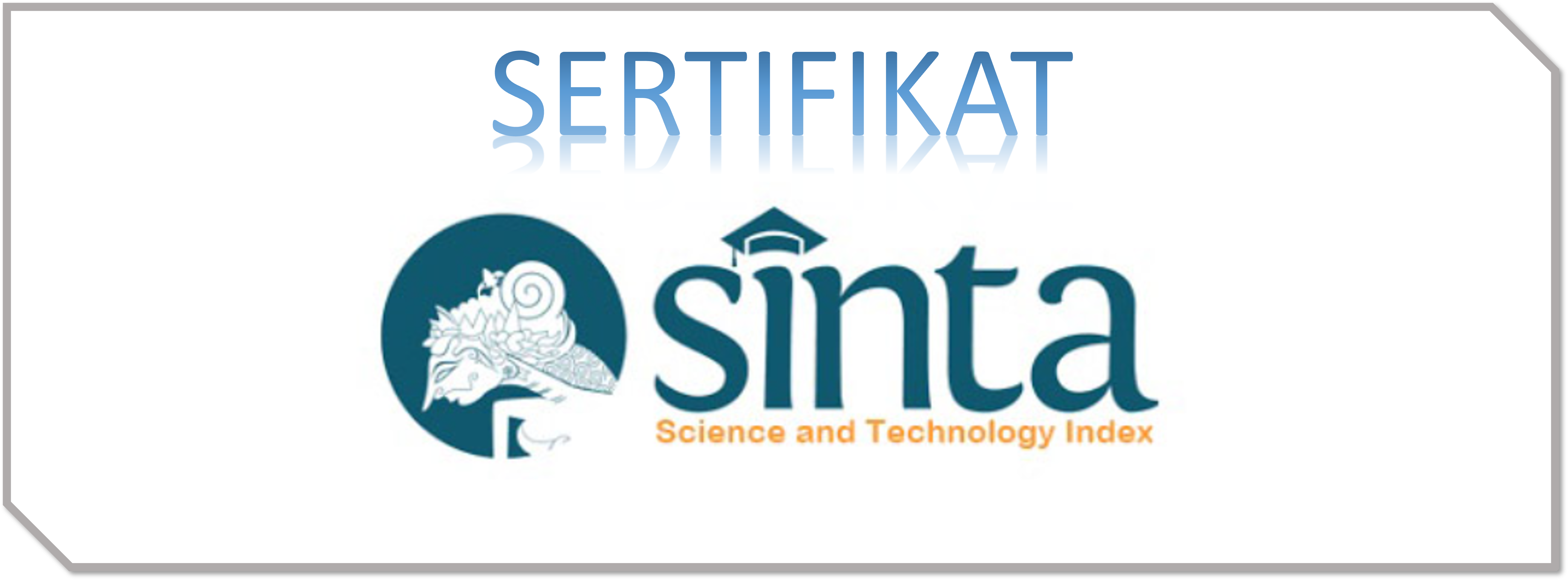ANALISIS ROAD MAPPING DENGAN MODEL DESIGN THINKING PADA STUDI KASUS SISTEM PEMBELAJARAN TERINTEGRASI PENGEMBANGAN KOMPETENSI ASN DALAM PENYELENGGARAAN PENANGGULANGAN BENCANA DI BPSDM PROVINSI JAWA TIMUR
DOI:
https://doi.org/10.51878/cendekia.v5i1.4495Keywords:
Roadmapping, Design Thinking, Sistem Pembelajaran terintegrasiAbstract
The road mapping analysis for State Civil Apparatus (ASN) competency development in disaster management is crucial for defining the role of the East Java Human Resources Development Agency (BPSDM Jatim) in implementing an integrated learning system. This study utilizes the design thinking model, following the stages of empathize, define, ideate, prototype, and test, tailored to the public sector. It aims to explore the road mapping process based on East Java Governor Regulation No. 53 of 2023 on Disaster Management (2023–2027) and evaluate its implementation within BPSDM Jatim's corporate university framework. The findings reveal that the road mapping analysis provides clear direction for BPSDM Jatim’s role in developing ASN competencies for disaster management during 2023–2027. However, the rigid application of the design thinking model, particularly in planning and budgeting integration, limits creative ideation. Despite this limitation, the implementation of the roadmap through the integrated learning system has significantly increased human resource capacity for disaster management, rising from 59.39% to 89.89%. However, the analysis highlights that the roadmap does not explicitly recognize BPSDM Jatim’s strategic role as a coordinator in the integrated learning system for ASN competency development across other regional government organizations. This study underscores the importance of balancing structured approaches with flexibility to foster creativity while maintaining alignment with established regulations and strategic goals.
ABSTRAK
Analisis Road mapping pengembangan kompetensi Aparatur Sipil Negara (ASN) dalam penanggulangan bencana sangat penting untuk mendefinisikan peran Badan Pengembangan Sumber Daya Manusia Jawa Timur (BPSDM Jatim) dalam menerapkan sistem pembelajaran terintegrasi . Penelitian ini menggunakan model design thinking, mengikuti tahapan empathize, define, ideate, prototype, dan test, yang disesuaikan dengan sektor publik. Penelitian ini bertujuan untuk mengeksplorasi proses road mapping berdasarkan Peraturan Gubernur Jawa Timur No. 53 Tahun 2023 tentang Penanggulangan Bencana (2023–2027) dan mengevaluasi implementasinya dalam kerangka corporate university BPSDM Jatim. Temuan penelitian mengungkapkan bahwa analisis Road mapping memberikan arahan yang jelas bagi peran BPSDM Jatim dalam mengembangkan kompetensi ASN untuk penanggulangan bencana selama tahun 2023–2027. Namun, penerapan model design thinking yang kaku, khususnya dalam integrasi perencanaan dan penganggaran, membatasi ide kreatif. Kendati demikian, implementasi peta jalan melalui sistem pembelajaran terpadu telah meningkatkan kapasitas sumber daya manusia penanggulangan bencana secara signifikan, yakni dari 59,39% menjadi 89,89%. Namun, analisis tersebut menyoroti bahwa peta jalan tersebut belum secara eksplisit mengakui peran strategis BPSDM Jatim sebagai koordinator dalam sistem pembelajaran terpadu untuk pengembangan kompetensi ASN di seluruh organisasi pemerintah daerah lainnya. Studi ini menggarisbawahi pentingnya menyeimbangkan pendekatan terstruktur dengan fleksibilitas untuk menumbuhkan kreativitas sekaligus menjaga keselarasan dengan peraturan dan tujuan strategis yang telah ditetapkan.
Downloads
References
Aguinis, H., & Kraiger, K. (2009). Benefits of training and development for individuals and teams, organizations, and society. Annual Review of Psychology, 60, 451-474.
Albright, R. E., & Kappel, T. A. (2003). Roadmapping in the corporation. Research Technology Management, 46(2), 31–40. https://doi.org/10.1080/08956308.2003.11671552
Alford, J., & Yates, S. (2014). Mapping public value processes. International Journal of Public Sector Management, 27(4), 334–352. https://doi.org/10.1108/IJPSM-04-2013-0054
Allen, M. (2016). Creating Successful Learning Experiences in Corporate Universities. Association for Talent Development.
Brinkman, G., et al (2023). Making way for design thinking in the public sector: a taxonomy of strategies. Policy Design and Practice, 6(3), 241–265. https://doi.org/10.1080/25741292.2023.2199958
Codagnone, Cristiano., & Wimmer, M. A. . (2007). Roadmapping eGovernment research?: visions and measures?; towards innovative governments in 2020. EGovRTD2020 Project Consortium.
Data, P., Komunikasi, D., & Bnpb, K. (2023). RBI RISIKO BENCANA INDONESIA BNPB “Memahami Risiko Sistemik di Indonesia” Diterbitkan oleh.
Dell’Era, C., et al (2020). Four kinds of design thinking: From ideating to making, engaging, and criticizing. Creativity and Innovation Management, 29(2), 324–344. https://doi.org/10.1111/caim.12353
Fusch, P., Fusch, G. E., & Ness, L. R. (2018). Denzin’s Paradigm Shift: Revisiting Triangulation in Qualitative Research. Journal of Social Change, 10(1). https://doi.org/10.5590/josc.2018.10.1.02
Goldstein, I. L., & Ford, J. K. (2002). Training in organizations: Needs assessment, development, and evaluation (4th ed.). Wadsworth.
Kerr, C., & Phaal, R. (2015). Visualizing roadmaps: A design-driven approach. Research Technology Management, 58(4), 45–54. https://doi.org/10.5437/08956308X5804253
Kimbell, L., & Bailey, J. (2017). Prototyping and the new spirit of policy-making. CoDesign, 13(3), 214–226. https://doi.org/10.1080/15710882.2017.1355003
Kirkpatrick, D. L., & Kirkpatrick, J. D. (2016). Kirkpatrick's four levels of training evaluation. Association for Talent Development.
Knowles, M. S., et al (2015). The adult learner: The definitive classic in adult education and human resource development (8th ed.). Routledge.
Lake, D., et al (2021). A Cross-Disciplines and Cross-Sector Mixed-Methods Examination of Design Thinking Practices and Outcome. Innovative Higher Education, 46(3), 337–356. https://doi.org/10.1007/s10755-020-09539-1
Lewis, J. M., et al (2020). When design meets power: Design thinking, public sector innovation and the politics of policymaking. Policy and Politics, 48(1). https://doi.org/10.1332/030557319X15579230420081
Liedtka, J. (2018). Why design thinking works. Rotman Management Magazine, Fall, 9-15.
Liedtka, J., et al (2020). The Use of Design Thinking in the U.S. Federal Government. Public Performance and Management Review, 43(1), 157–179. https://doi.org/10.1080/15309576.2019.1657916
Lunenburg, F. C. (2011). Goal-Setting Theory of Motivation (Vol. 15).
Ma, T., Liu, S., & Nakamori, Y. (2006). Roadmapping as a Way of Knowledge Management for Supporting Scientific Research in Academia. In Systems Research and Behavioral Science Syst. Res (Vol. 23). www.interscience.wiley.com
Meiliana Sigalingging, R., et al (n.d.). A Study Of Creating Roadmap And Activity Program For Creative Innovation Center Stp Its Using Design Thinking Method Period 2022-2026.
Micheli, P., et al (2019). Doing Design Thinking: Conceptual Review, Synthesis, and Research Agenda. Journal of Product Innovation Management, 36(2), 124–148. https://doi.org/10.1111/jpim.12466
Mintrom, M., & Luetjens, J. (2016). Design Thinking in Policymaking Processes: Opportunities and Challenges. Australian Journal of Public Administration, 75(3), 391–402. https://doi.org/10.1111/1467-8500.12211
Purnomo, A., et, al. (2016). Developing a model of disaster preparedness programme for local government. Disaster Prevention and Management, 25(4), 486-502.


















